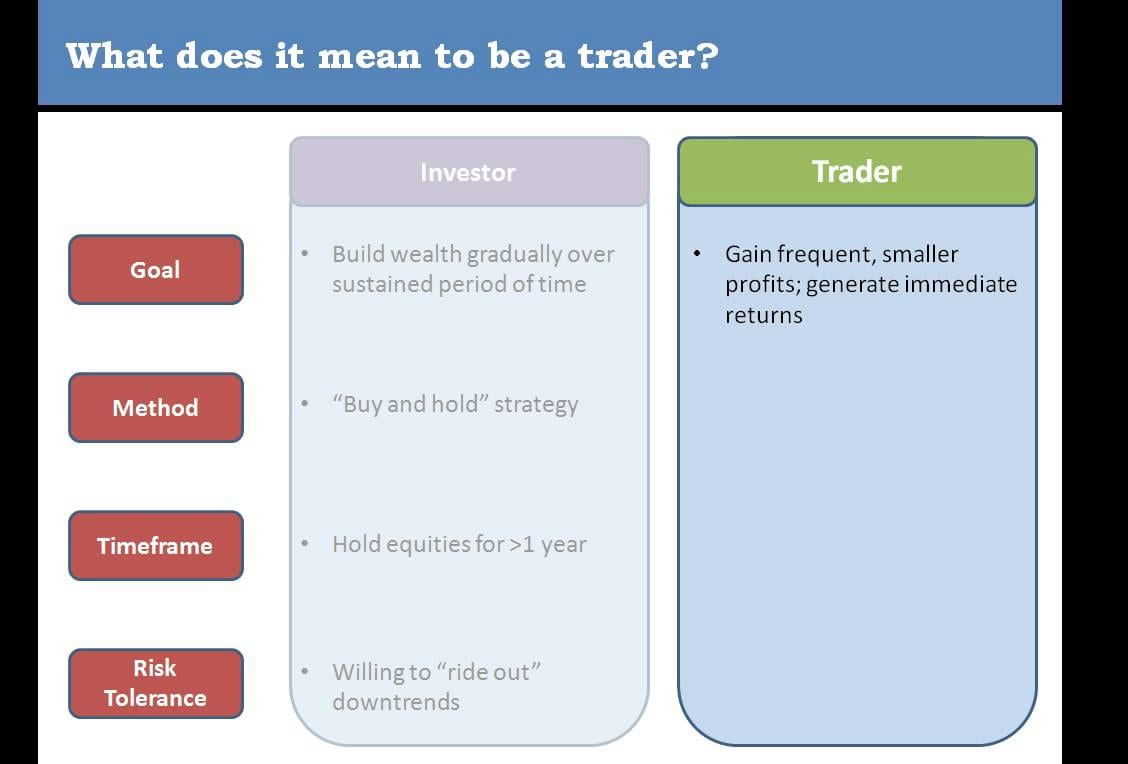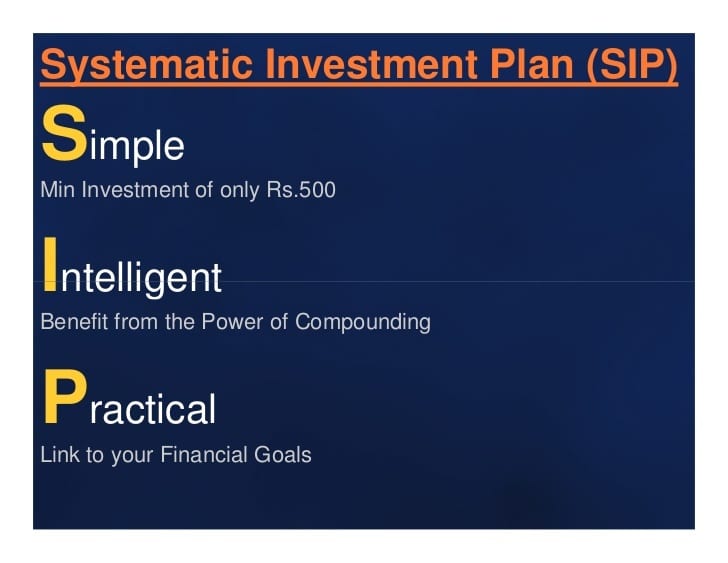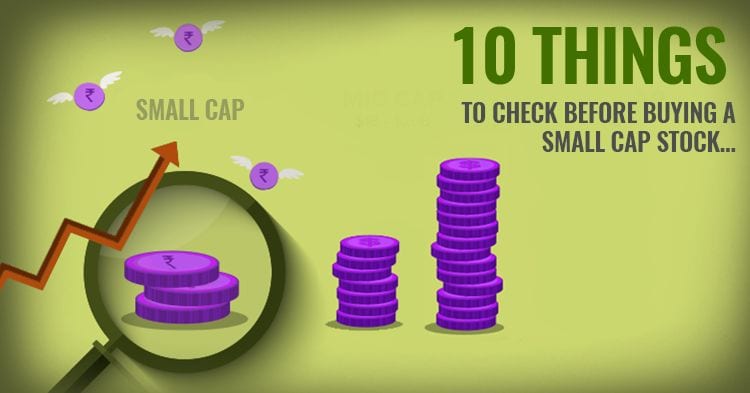If you wish to make good profits in the stock market, then you will need a lot of patience. Many times it’ll happen that you buy a stock and then it starts to go down. If it is a good company, then you will need to hold onto the stock till you get a profit. It could even take 6 months to 1 year to get good returns from that stock. If you lack patience then all you’d do is keep booking losses even in the good companies that are bound to give you profit in a longer term. A lot of time we buy a stock and we sell it in a loss within a week and call it a bad or stupid stock. This is not the correct way to invest your money. I personally still have some stocks in the red for several months but I’m still holding to it because I know that it is definitely going to give me good returns in future.
Holding onto your stock is very important if you wish to make profit in stock market. Investing into stock market is not a get rich quick scheme and so make sure you enter the market with a lot of patience. The rally in the stocks occur only for a few days and the rest of the time the stock consolidates. The stock consolidates for most of the time and then rallies up for a few days and then corrects a bit and consolidates again. So if you want to continue making profits with your stock, holding onto it is very important.
Lack of Patience
I sold a stock at the levels of 80 with making a mere 2 rupees profit per share because the stock wasn’t moving anywhere for months. In a matter of time, the stock rallied up to almost 120 and is now trailing around 110. If I had been a bit more patient, I would have had made a lot of money here.
With Patience
I had bought a stock around 45 and within a couple of weeks the stock had dropped to levels of 39. It was a good company and so I decided to not sell and continue to hold it. Now the stock is trading close to levels of 50. Had I sold it around 39, I wouldn’t have a chance to make the deserved profit.
So are you going to make the same mistake that I did or you will gather some patience and make good profit here?







